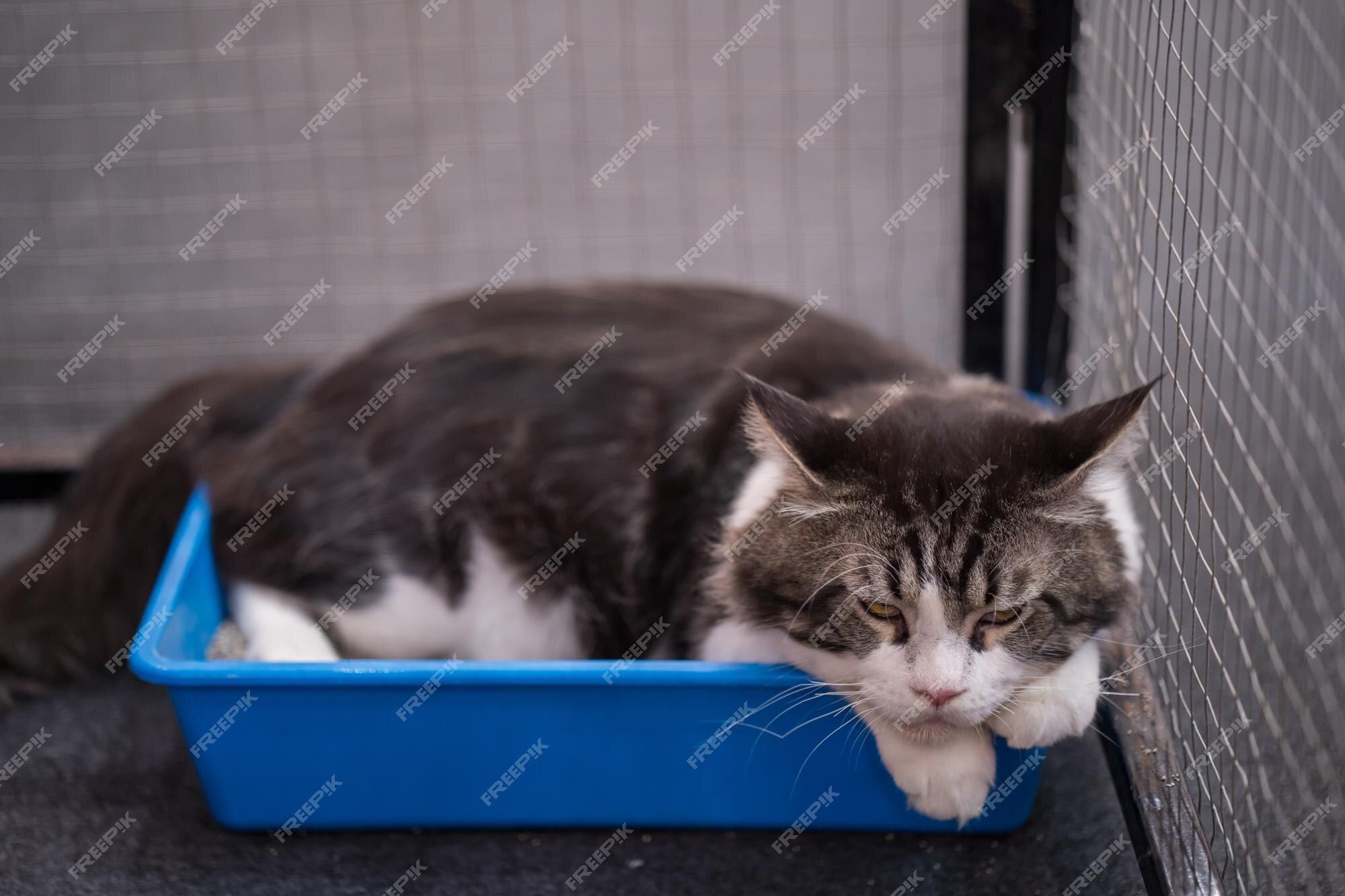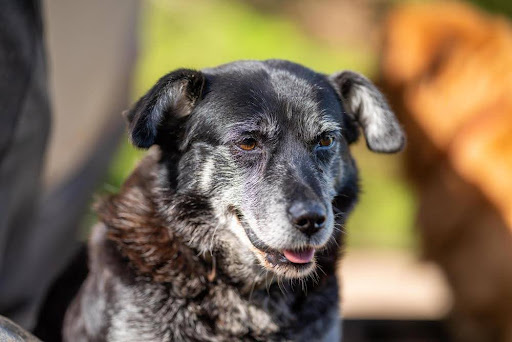Choosing the right food for your pets is one of the most important decisions you’ll make as a pet owner. Cats and dogs have unique dietary needs that require careful attention, especially when selecting the right cat food or dog food. While both are domesticated animals, their nutritional requirements differ significantly due to their physiology and natural diets.
The Nutritional Needs of Cats
Cats are obligate carnivores, which means they require nutrients that are naturally found in animal flesh. These include:
- Taurine: An essential amino acid that cats cannot produce in sufficient quantities on their own.
- Protein: Cats require more protein than dogs due to their higher metabolic rate.
- Fatty acids and vitamins: These help with coat health, energy, and organ function.
Good-quality cat food typically includes high levels of animal protein, essential fatty acids, and added taurine. It’s also lower in carbohydrates since cats don’t digest plant-based ingredients as efficiently as dogs do.
The Nutritional Needs of Dogs
Dogs are omnivores, meaning they can digest both animal and plant-based ingredients. This gives more flexibility in the formulation of dog food, but it doesn’t reduce the importance of quality and balance.
Key nutrients in dog food include:
- Protein and fat: Important for energy, muscle maintenance, and coat health.
- Carbohydrates: Useful as an energy source and often included through grains, legumes, or vegetables.
- Vitamins and minerals: Necessary for immune health, bone development, and metabolic functions.
Since dogs come in many sizes and breeds, dog food is often categorized based on breed size, age, or specific health needs (e.g., sensitive stomach, joint care).
Why Cat Food and Dog Food Are Not Interchangeable
It might be tempting to feed your cat dog food, or your dog cat food, especially when you run out of one. However, this can be harmful if done regularly:
- Cat food is too high in protein and fat for dogs and lacks the right fiber and nutrients dogs need.
- Dog food doesn’t provide the taurine and sufficient protein levels cats require, which can lead to health issues over time.
Always provide food specifically formulated for your pet’s species.
Dry Food vs. Wet Food: What’s Better?
Both dry and wet foods are available for cats and dogs. Each has its advantages:
- Dry food: Convenient, cost-effective, and helps with dental health through chewing.
- Wet food: Higher in moisture content, which is beneficial for hydration and often more palatable.
Many pet owners choose to feed a mix of both, ensuring their pets benefit from hydration and variety while maintaining dental health.
Feeding Tips for Cats and Dogs
- Measure portions: Overfeeding is a common cause of obesity in pets. Use feeding guidelines and adjust based on activity level and age.
- Provide fresh water: Especially important when feeding dry food.
- Avoid human food: Many common human ingredients, like onions, garlic, and chocolate, are toxic to pets.
- Gradual transitions: When switching cat food or dog food brands, make the change over 7–10 days to avoid digestive issues.
Final Thoughts
Feeding your pets the right cat food or dog food plays a key role in their long-term health and happiness. By understanding their nutritional needs and making informed choices, you can ensure your furry companions thrive at every life stage. Always read labels carefully and consult your vet for personalized recommendations—because when it comes to pet nutrition, one size does not fit all.




